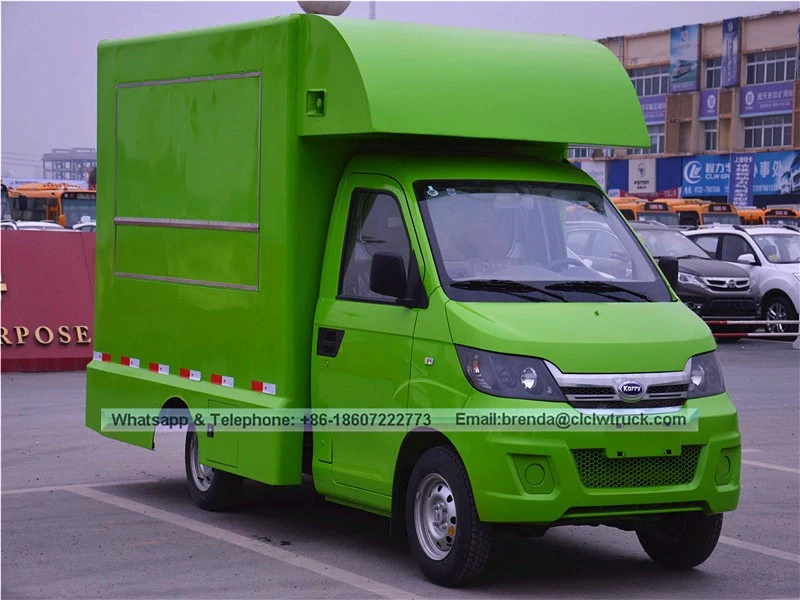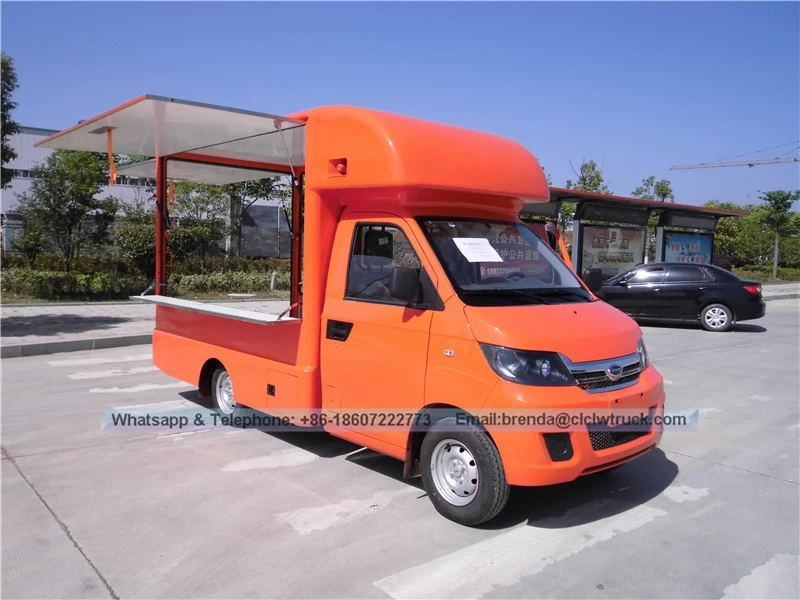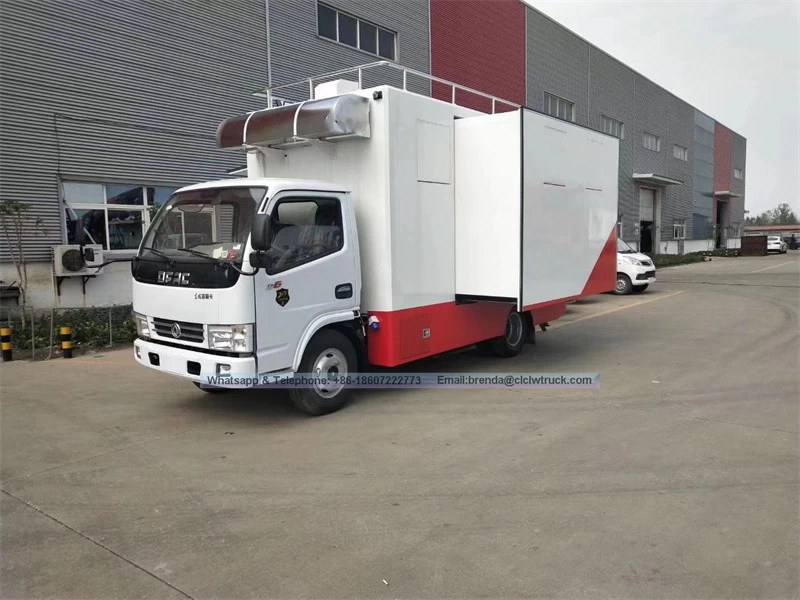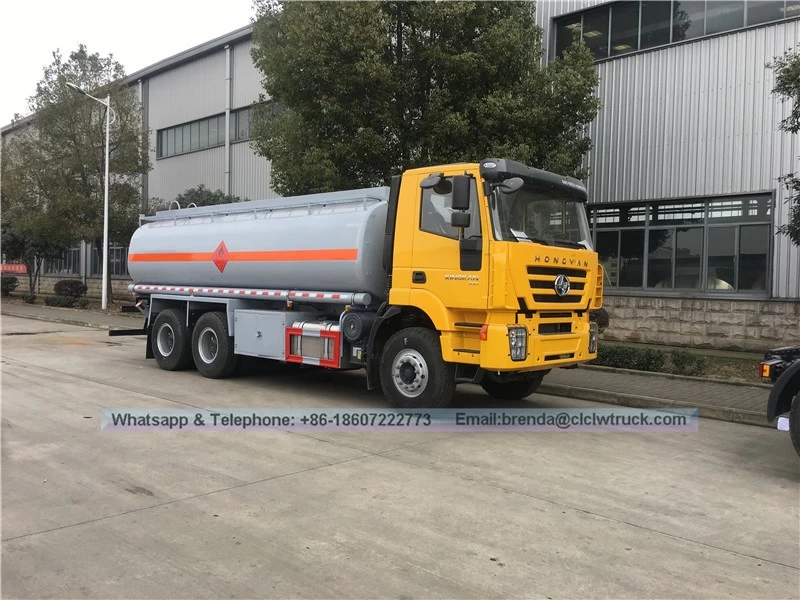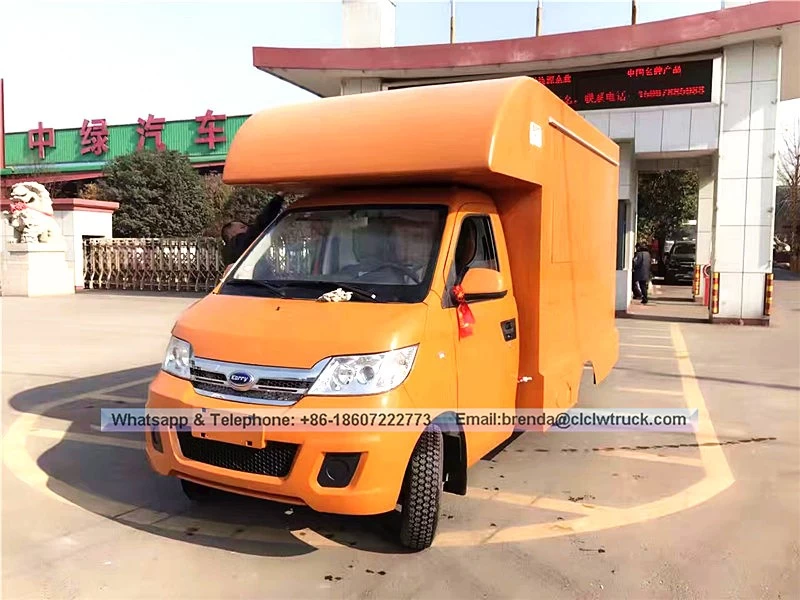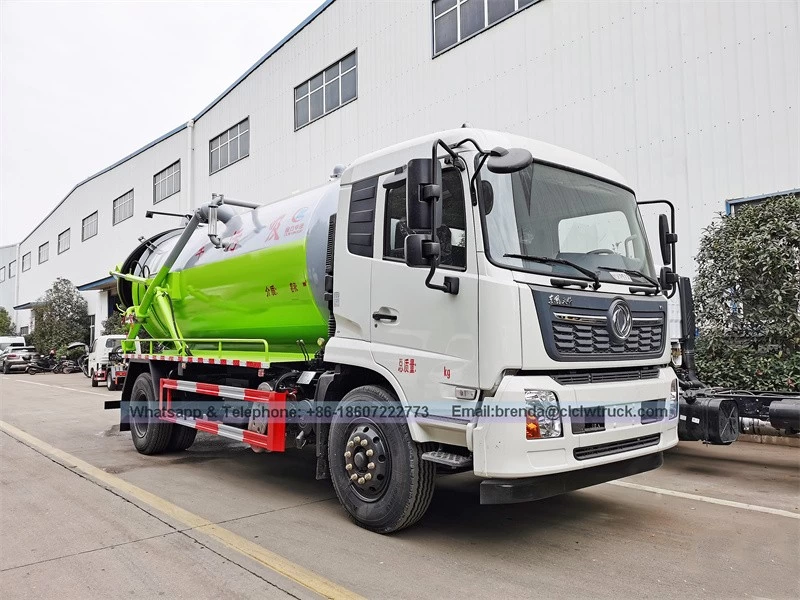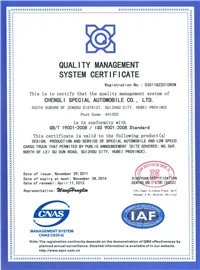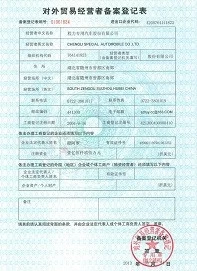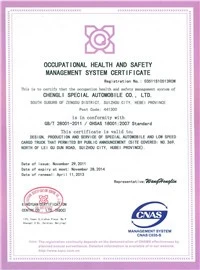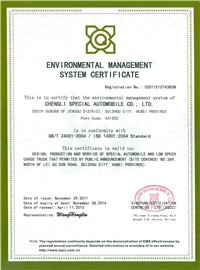Automobile safety regulations and standards
Automobile safety regulations and standards
At present, the world's automobile regulations are the United States regulations, the European regulations and the Japanese automobile regulations, that are three major automobile regulatory system. In addition, Canada, Australia, Saudi Arabia, South Africa, Hongkong, Singapore and other countries and regions have their own vihicle regulations. But these regulations are basically based on tthe United States or the European regulations combined with the specific circumstances of their own country.
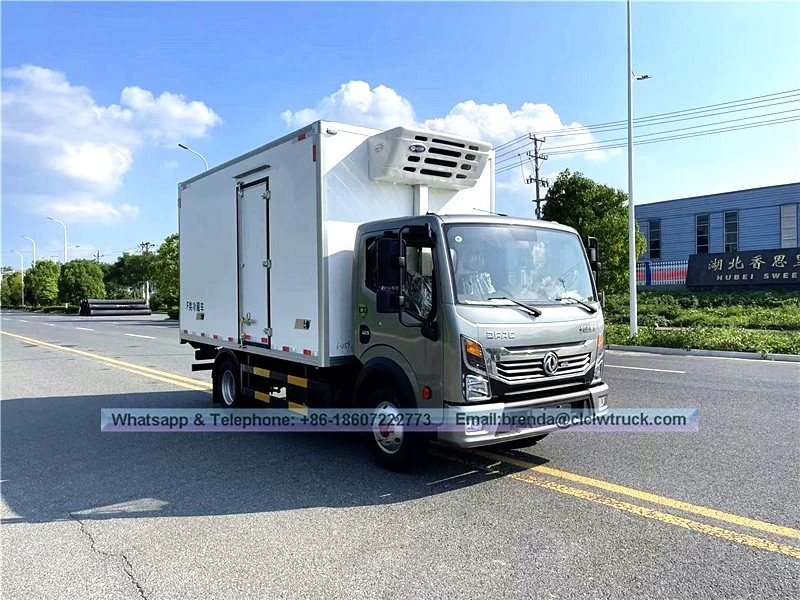
American vehicle safety technical regulations (FMVSS) is under the authority of the national traffic and motor vehicle safety and acted by the United States Department of transportation, the formulation of the national highway traffic safety administration and motor vehicle structure and performance of the motor vehicle safety regulations. Since the implementation of the January 10, 1968, the regulations terms is more and more stringent through constant changes. The vehicle safety regulations are divided into 3 parts: the active safety regulations (29, 100 Series),the passive safety regulations (22, 200 Series) and the automobile fire safety regulations (4, 300 series). According to the latest revision of the national traffic and motor vehicle safety act ,the manufacturers or individuals who violate the regulations would have a fine of $15 million by the United States District Court (District Court) , if it cause death or serious physical harm to person and the manufacturers do not report the motor vehicles or equipment safety defects t or make a false report will be investigated for criminal responsibility and the highest criminal penalties for 15 years in prison.
European countries have two areas vehicle regulations except heir country's motor vehicle regulations , one is the Economic Commission for Europe (ECE) by United Nations , the other is Economic Community (EEC) code .The United Nations Economic Commission for Europe began to develop unified vehicle regulations in 1958. ECE regulations is the choice of the country and not mandatory; but the EEC directive as a member of the unified regulations of the country and is mandatory.At present ,the ECE code has been accepted by most countries and is introduced into its legal system.
Japan's technical regulations on automobile safety and environmental hazards are the legal provisions. The automobile standards are developed by Japanese industrial standards commission (JISC), the basis is Japan's industrial standardization law, mainly including the Japanese industrial standard (JIS) and Japanese Automobile Standards (Jaso) made by the Japan Society of Automotive Engineers (JSAE) experts thouth folk organization formulation, the Japanese industrial standard is not 0mandatory.
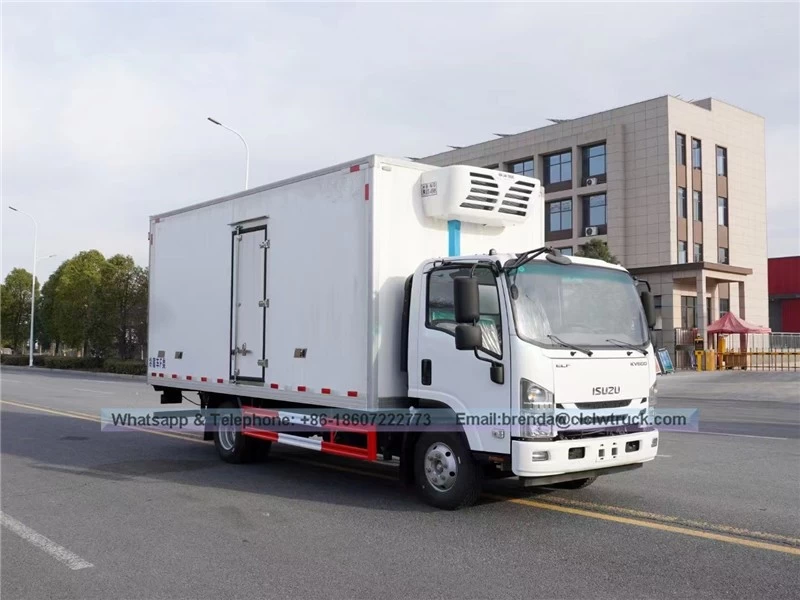
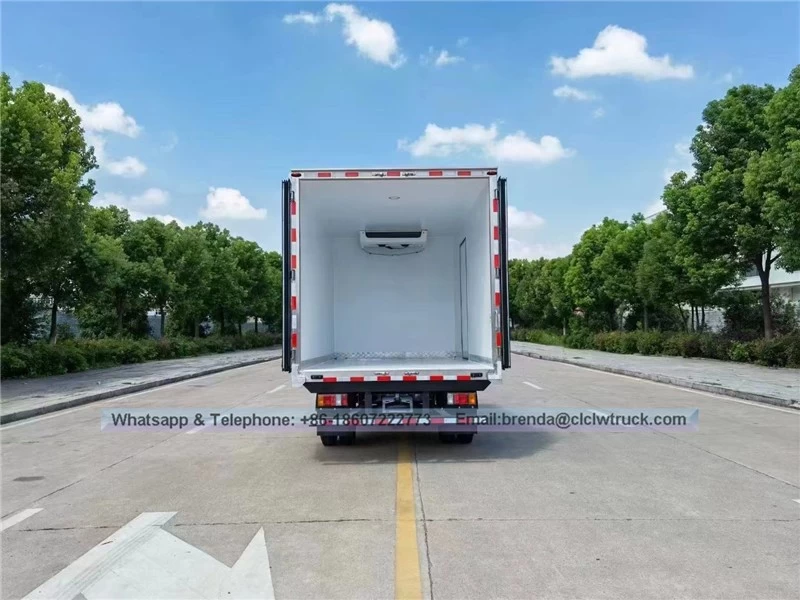
Contact :
Brenda Chen (overseas sales manger)
Chengli Special Automobile Co., Ltd.
ADD: South Suburb ChengLi Automobile Industry Park, SuiZhou City,Hu Bei Province, China.
Tel:+86 13872896808
Mob: +86 18607222773
( Wechat / WhatsApp ): 0086 18607222773
Email : brenda@clclwtruck.com
Web: www.chinavehiclefactory.com
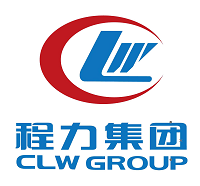



 Mob:+0086 18607222773 +0086 13872896808
Mob:+0086 18607222773 +0086 13872896808